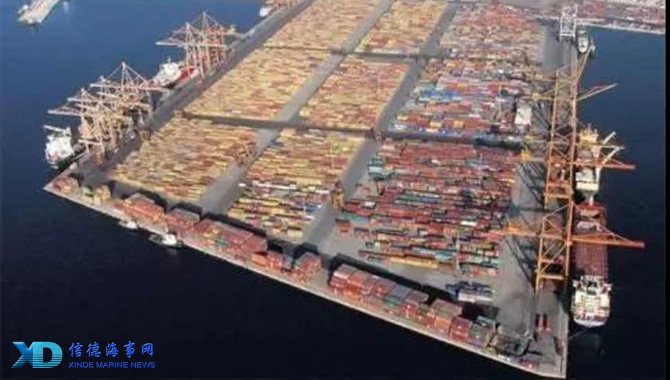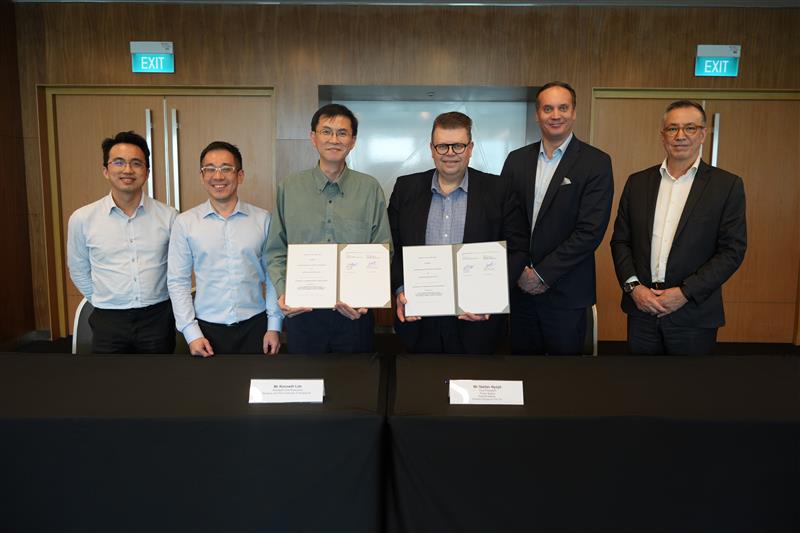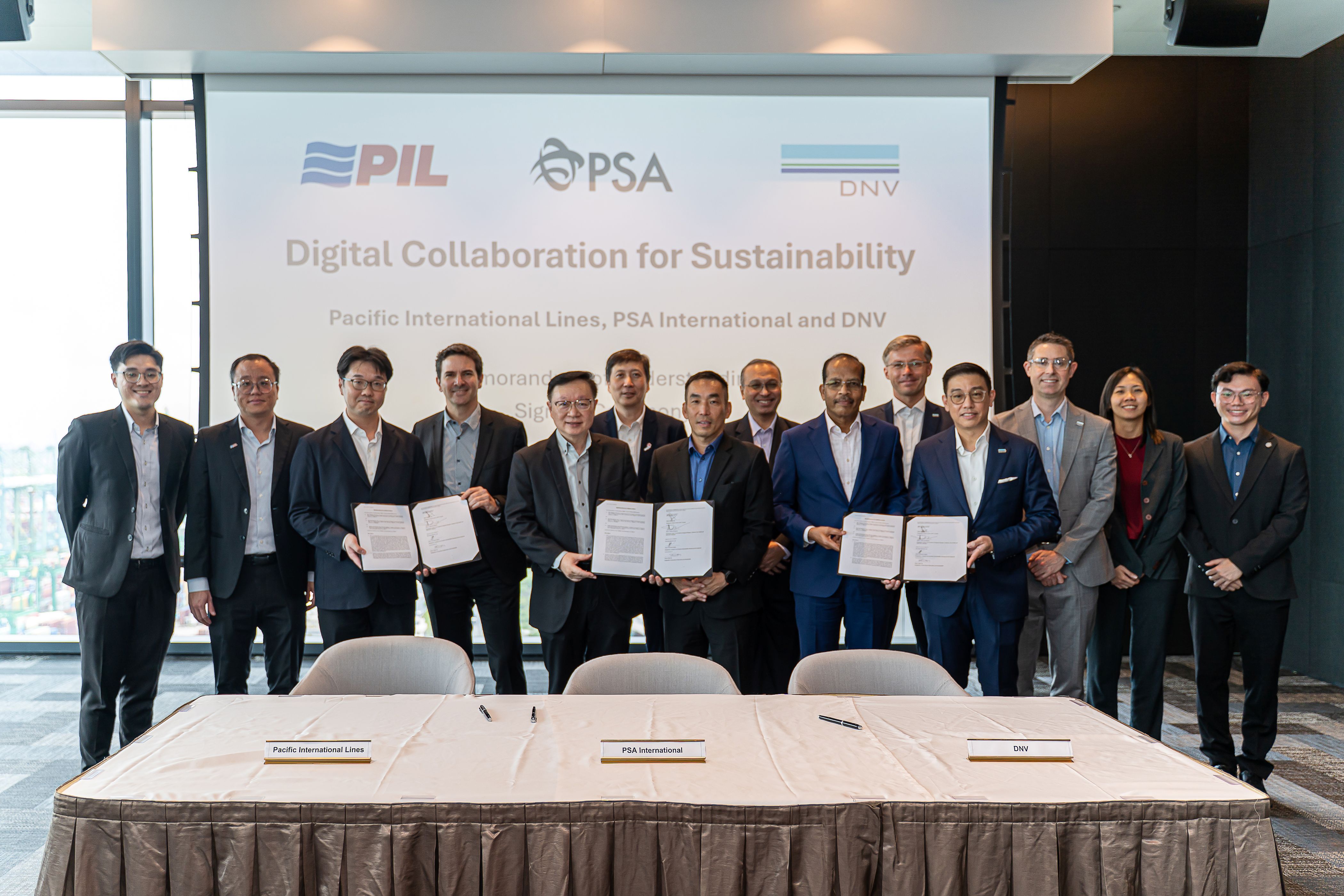
Shipowners and operators are being urged to consider the side effects of switching from heavy fuel oil (HFO) to low sulphur fuel since there is evidence that it can cause tank contamination and trigger compliance issues once the global sulphur cap comes into effect in 2020.
Bureau Veritas global technical manager Charlotte Rojgaard is calling on ship owners and operators to take note of any risks and potential side effects of using their chosen low sulphur fuel.
Ms Rojgaard warns there is a high risk of undetected remnants of non-compliant fuels remaining in tanks when switching from a HFO to a lower sulphur fuel. She says that you cannot simply take a heavy fuel tank and fill it with new products, London's Digital Ship reported.
"If you have a fraction of the heavy fuel left in the tank, if it hasn't been cleaned properly for example, then you will contaminate your new product and no longer be in compliance."
Tanks which have carried HFO for years will have HFO residues on the tank walls and sides and since they are a good solvent even once you clean out the old tank there may be remains of the HFO that will create problems at a later stage.
Ms Rojgaard made an example of a case in 2015 when some vessel operators decided to switch from one per cent sulphur containing fuel to 0.1 per cent sulphur fuel while continuing to use the same tanks. They cleaned the tanks thoroughly, however, three months later a sample was taken and it was found to contain a high content of the one per cent sulphur containing fuel.
According to Ms Rojgaard even if you clean your system to the highest degree possible, it is still impossible to clean everything out. Not only does this put the shipowner at a risk of being fined, but it also has an impact on their compliance record, which could affect the charter status.
There is one option to avoid compatibility and stability issues, which is to fully flush the tank system, clearing out all last remnants of HFO before filling it with a lower sulphur fuel. This method is not cheap and is unable to take place while the ship is in operation.
The other option for 2020 compliance and avoiding the fuel tank cleaning and stability problems, is to use HFO alongside a marine scrubber. However, Bureau Veritas does not see the market heading this way.
"There are around 240 scrubbers now and probably only 10 or so will be installed per year. This is not a significant number and is likely to result in a drop in demand for HFO as refiners are unlikely to keep big tanks with HFO in when no one wants that," explains Ms Rojgaard.
Sources:schedule
Please Contact Us at:
admin@xindemarine.com



 Baltic Exchange launches new Fuel Equivalence Conve
Baltic Exchange launches new Fuel Equivalence Conve  21 Consecutive Years of QUALSHIP 21 Recognition for
21 Consecutive Years of QUALSHIP 21 Recognition for  MPA and Wärtsilä Renew Partnership to Drive Marit
MPA and Wärtsilä Renew Partnership to Drive Marit  MPA and Dalian Maritime University Renew Partnershi
MPA and Dalian Maritime University Renew Partnershi  PSA INTERNATIONAL, DNV AND PACIFIC INTERNATIONAL LI
PSA INTERNATIONAL, DNV AND PACIFIC INTERNATIONAL LI  INTERCARGO Reaffirms Call for Simplicity as IMO Cli
INTERCARGO Reaffirms Call for Simplicity as IMO Cli